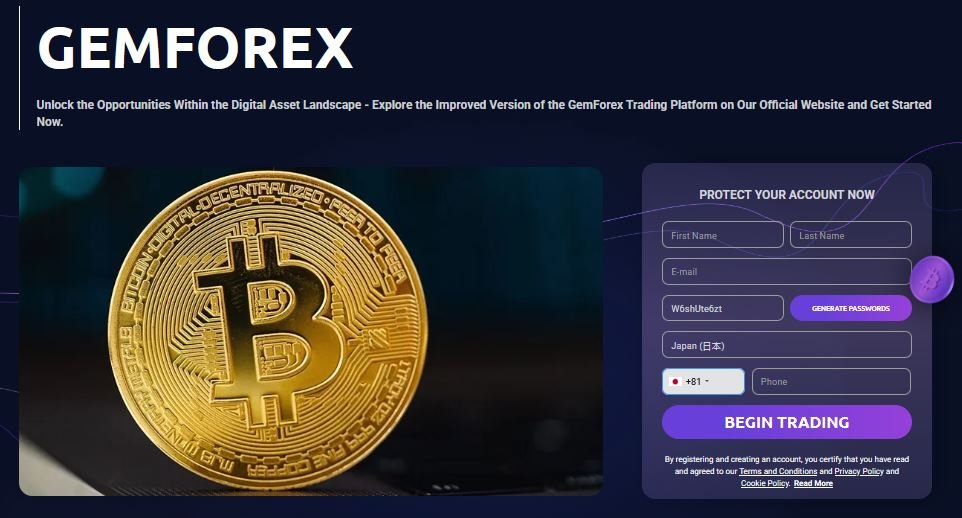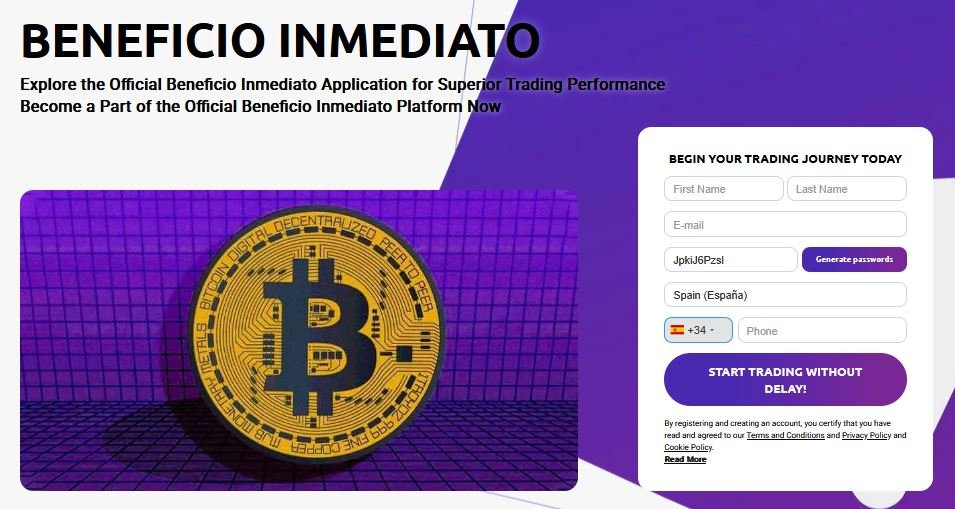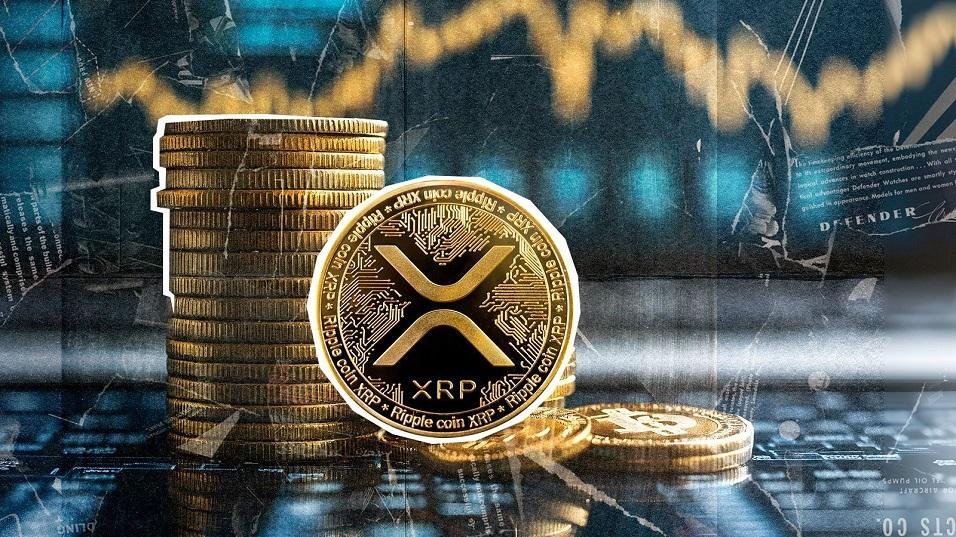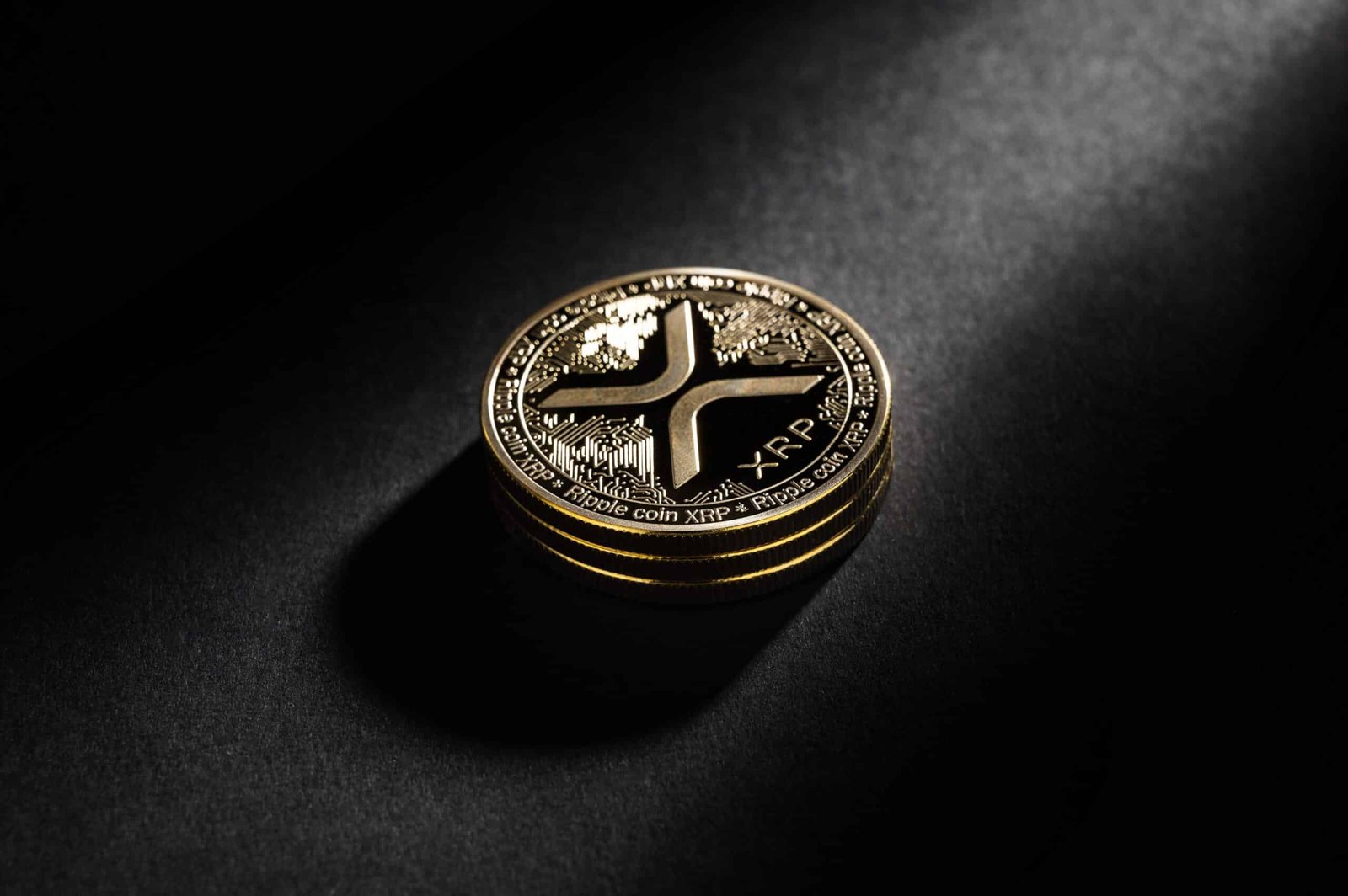3 keys to understanding why XRP was opened up with a bullish portal
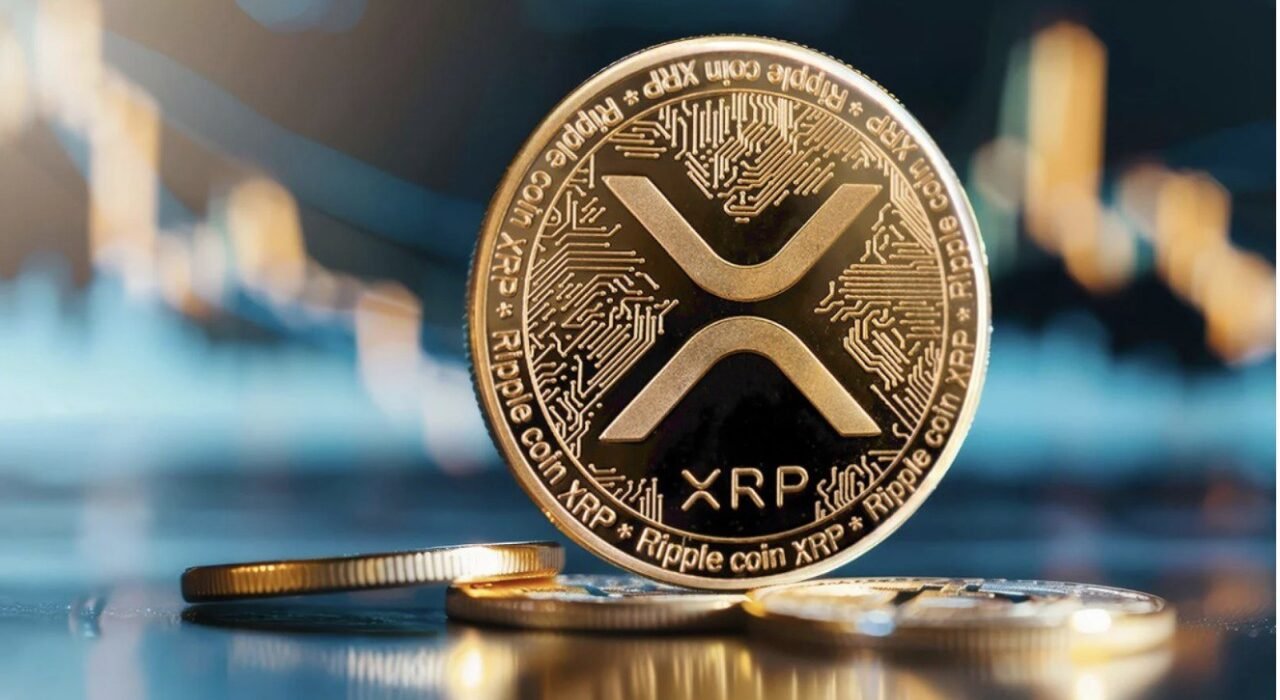
The legal dispute between the company Ripple Labs and the U.S. Securities and Exchange Commission (SEC) came to an end. On the afternoon of August 7, 2025, the SEC announced that it was dropping charges against that company and its founders, ending litigation that had been going on for five years.
The SEC and Ripple filed a document with the Second Circuit Court of Appeals to finalize the SEC’s appeal, as well as Ripple’s counterclaim. This action definitively resolves the civil lawsuit initiated in December 2020 against the company and two of its chief executives.
This decision confirms that the previous decision of the district court, which imposed a $125 million civil fine on Ripple and prohibited it from violating the registration provisions of the Securities Act of 1933, will remain in force. The closure of the process also implies that the company will no longer face active litigation in this area, thus eliminating a financial and operational burden that had been affecting its operation for more than four years.
The case, which since its inception has generated high volatility in the price of XRP, was one of the most followed in the cryptocurrency sector. The main point of contention was whether XRP should be considered an unregistered value title under U.S. law, which would force Ripple to comply with regulatory requirements that the company had always maintained were not necessary. The judgment determined that XRP is not, in itself, a value title, clearing a key uncertainty for investors and operators.
Now, Ripple can allocate its financial, human, and time resources to the development of its products and to the expansion of its ecosystem within the rules of each jurisdiction in which it operates.
This new stage comes with an immediate impact on the market: the price of XRP reacted upwards after the announcement was made. The asset, which acts as the main investment path in the company, found a new boost that could mark its behavior in the short and medium term.
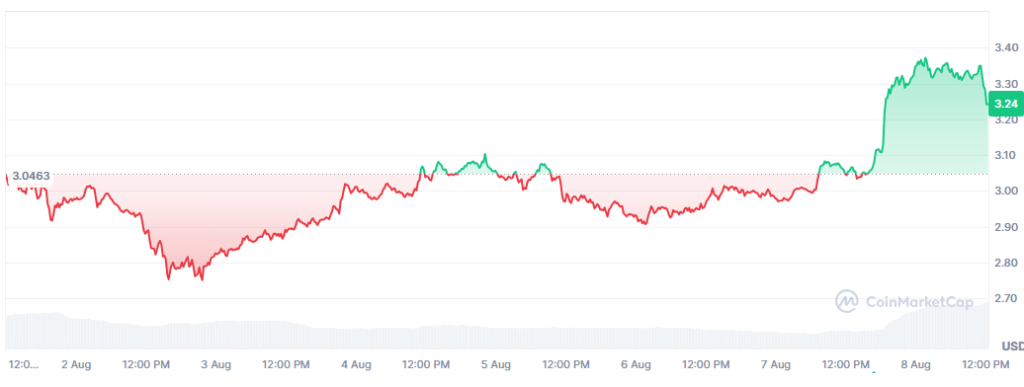
The end of the litigation not only changes Ripple’s operating picture, it also reconfigures the market’s perception of the company and its cryptocurrency, which is currently the third largest on the market, with a capitalisation of $198.4 billion.
Three keys explain why this outcome opens a possible bullish cycle for XRP. Let’s see them:
1. Ripple can allocate most of its resources to the development of its business
With the litigation closed, Ripple’s treasury will no longer have to cover the high legal costs involved in sustaining the judicial process since 2020. During these years, the company has spent hundreds of millions of dollars on attorney fees, appeals management, and evidence production. Now, the capital and the staff involved in the legal defense will be able to focus on the development and sale of products and services.
This means greater ability to invest in improvements to the XRP Ledger network, in cross-border payment solutions, and the promotion of new strategic alliances with banks, fintech, and financial technology companies. Something they’ve been doing openly, but now, without the pressure of an open court case. Thus, the company can plan with broader horizons and less uncertainty, which impacts the speed of project execution and competitiveness against other actors in the sector.
At the operational level, this also implies that management teams could focus their time on commercial expansion and the adoption of XRP as a means of liquidity for international transactions. The exit from the dispute reduces the perceived risk of potential partners who, until now, could have postponed agreements for fear of adverse failure. In short, more economic and human resources are needed to grow rather than litigate.
2. Improves the perception of XRP as an asset
The ruling and subsequent withdrawal of appeals confirm that XRP is not a value title not registered under U.S. law. This definition removes a factor of uncertainty that weighed on the asset since the initiation of the case. Legal clarity about its regulatory status allows institutional investors and trading platforms that had limited their exposure to XRP to reconsider their position.
In the cryptoactive market, regulatory certainty is a decisive element. An asset that has overcome a trial of this scope, and that maintains the legality of its operation, possibly gaining ground against other cryptocurrencies and platforms that also faced regulatory questions from the U.S. authorities.
In addition, being treated as a commodity and not as a value title, XRP is not subject to the same registration and disclosure requirements that apply to stocks or other securities, which facilitates its trade in different jurisdictions.
Removing the perceived legal risk may also motivate the reactivation of listings that, as CryptoNews reported, had withdrawn the asset during the litigation. This increases the liquidity of this and any other assets, and facilitates access for new investors, two factors that usually correlate with bullish movements when the context is favorable.
3. Ripple’s reputation as a company improves
The company leaves behind a period in which it was perceived, in part of the market, as a firm in conflict with the regulatory system of the United States. With the case closed, Ripple no longer bears the label of being under investigation or in breach of federal securities standards. This favors corporate image and perception of solvency and seriousness before potential partners.
A strong reputation is an asset in itself, especially in the financial services industry and international payments. Companies and entities that had kept their distance from the litigation may now be more willing to negotiate and sign collaboration agreements. This change in perception can also result in greater confidence from XRP holders, who see the company operating without the constant threat of additional sanctions or regulatory restrictions.
In capital markets, corporate confidence influences the valuation of the assets linked to the company. Ripple’s recovered credibility can have a positive effect on the adoption of XRP as a liquidity tool and a means of payment. Thus, the resolution of the case not only frees up resources, but it also opens the door to a more favorable business environment.




